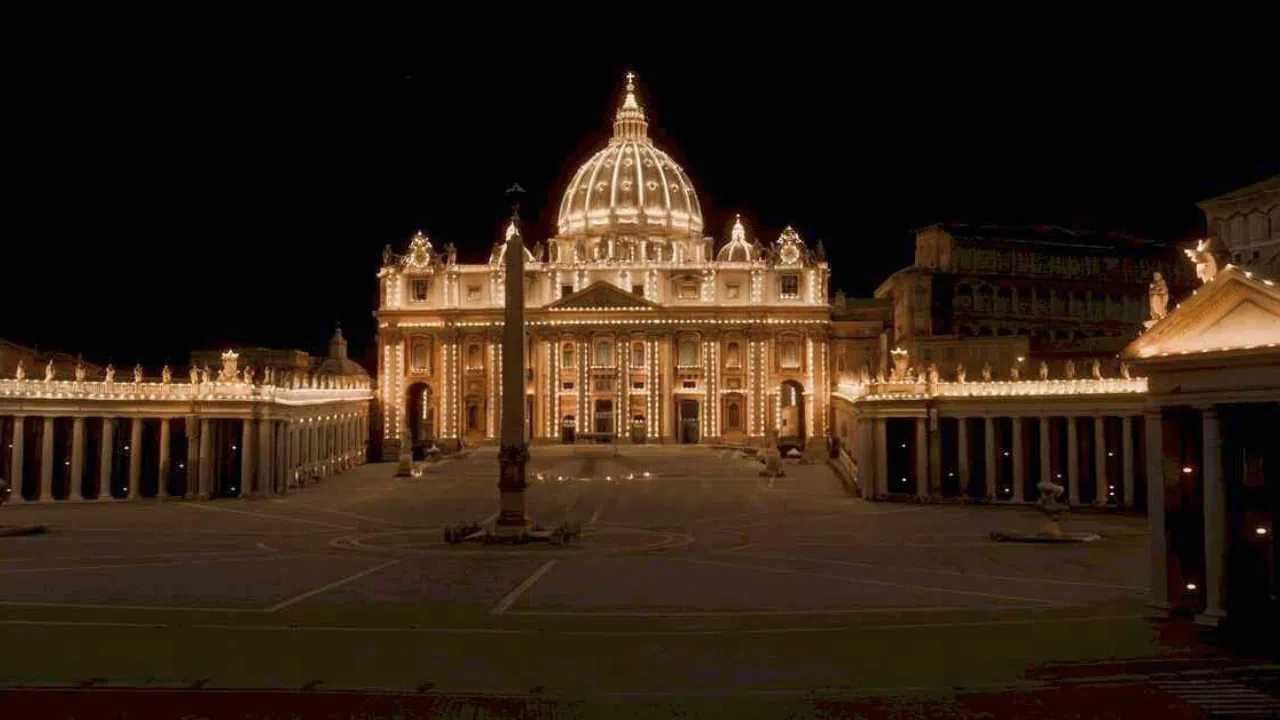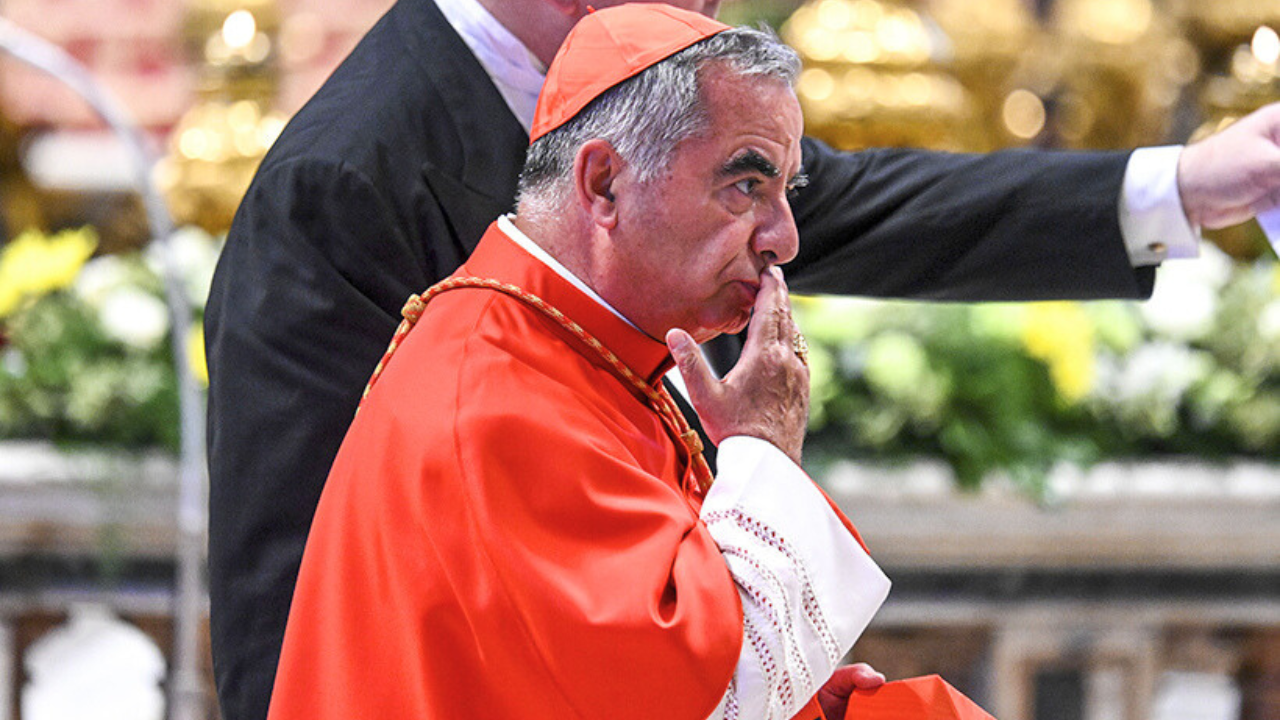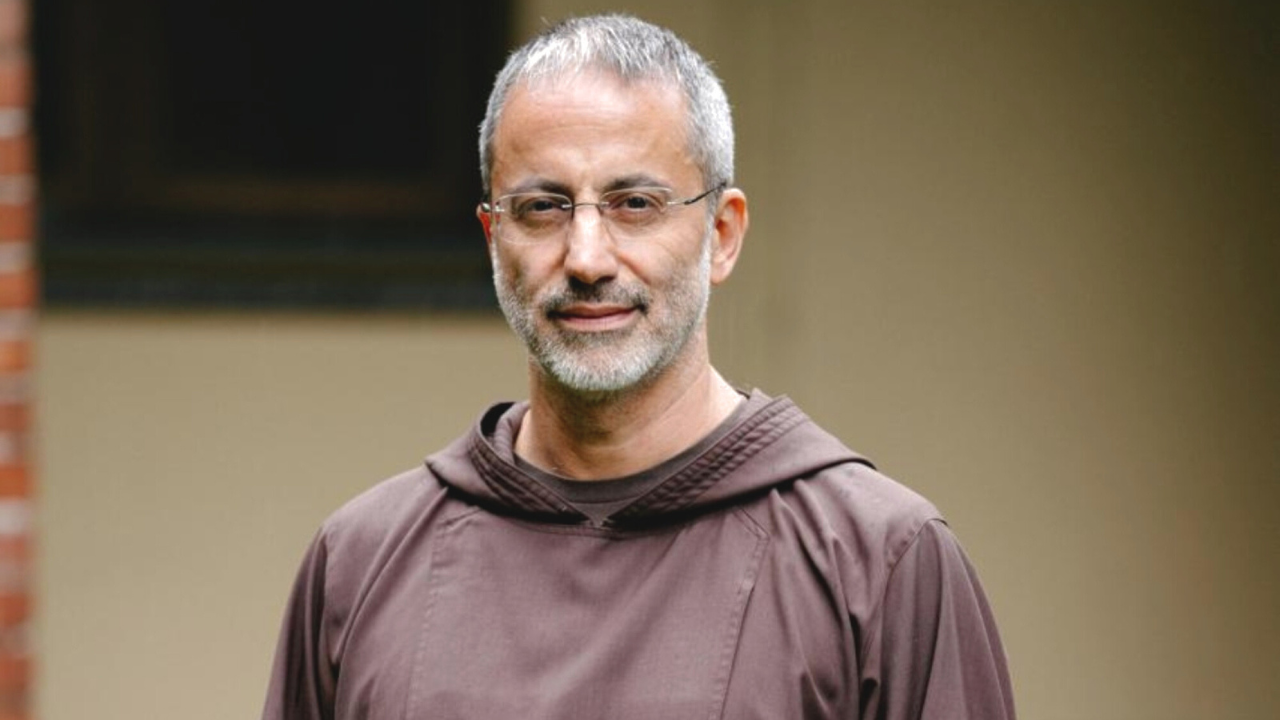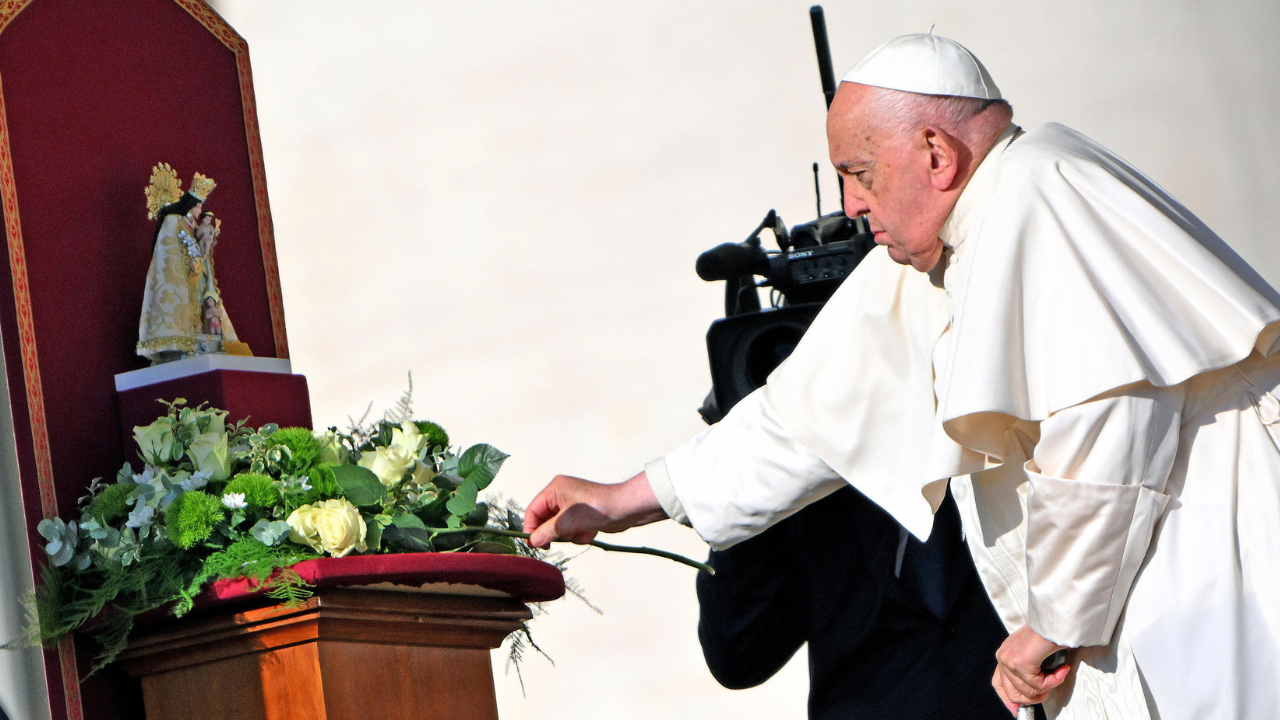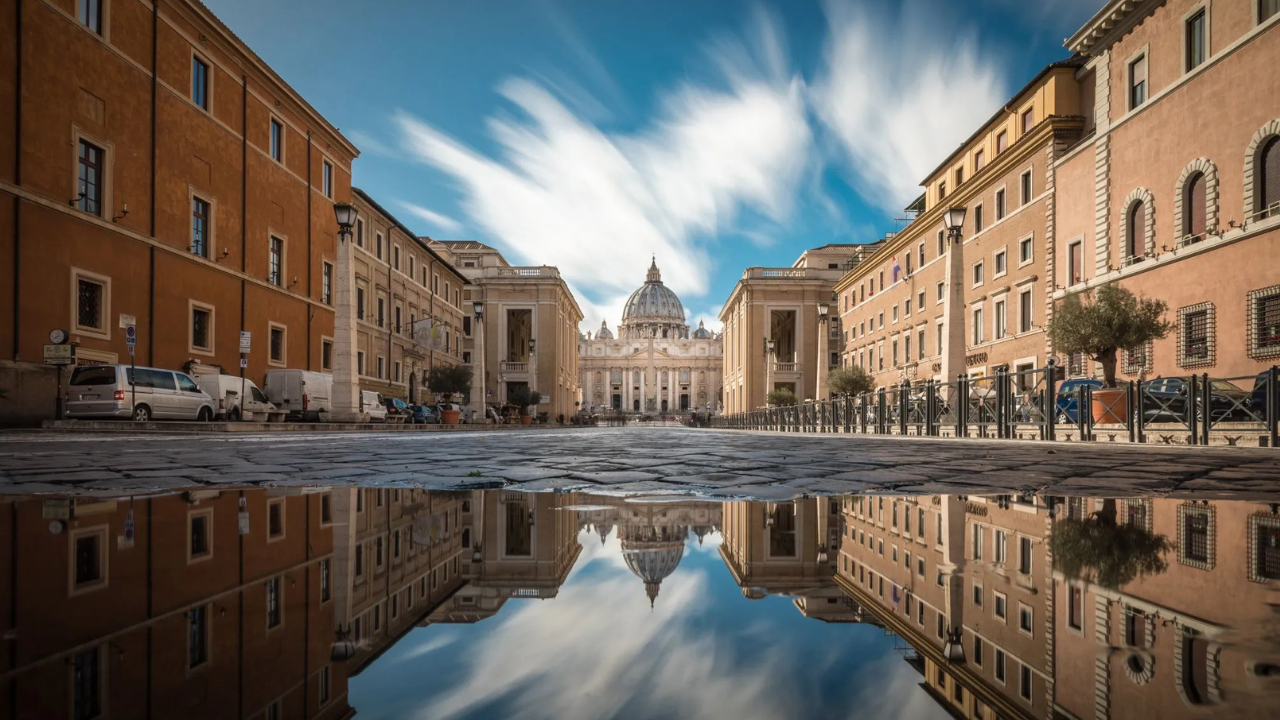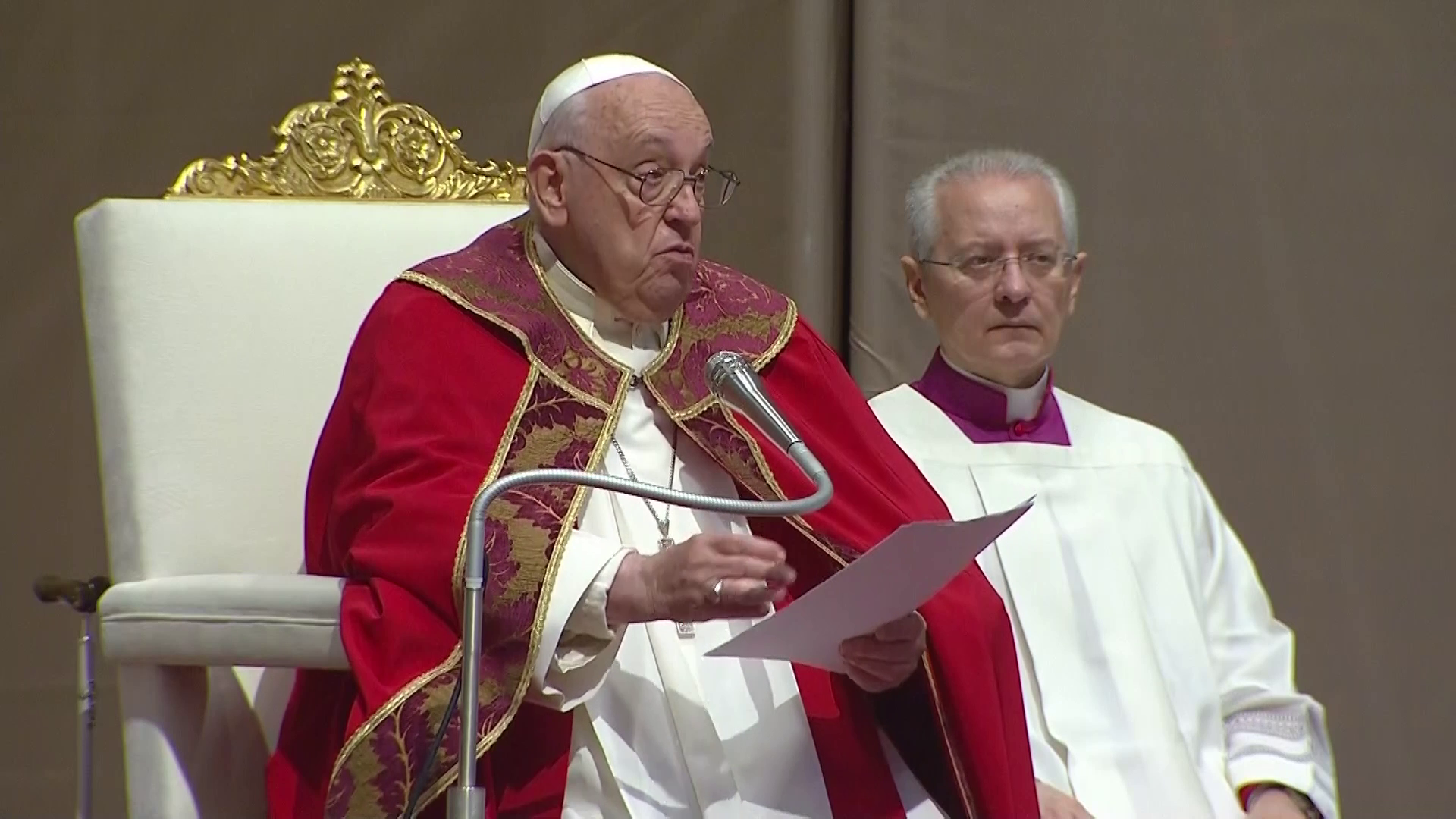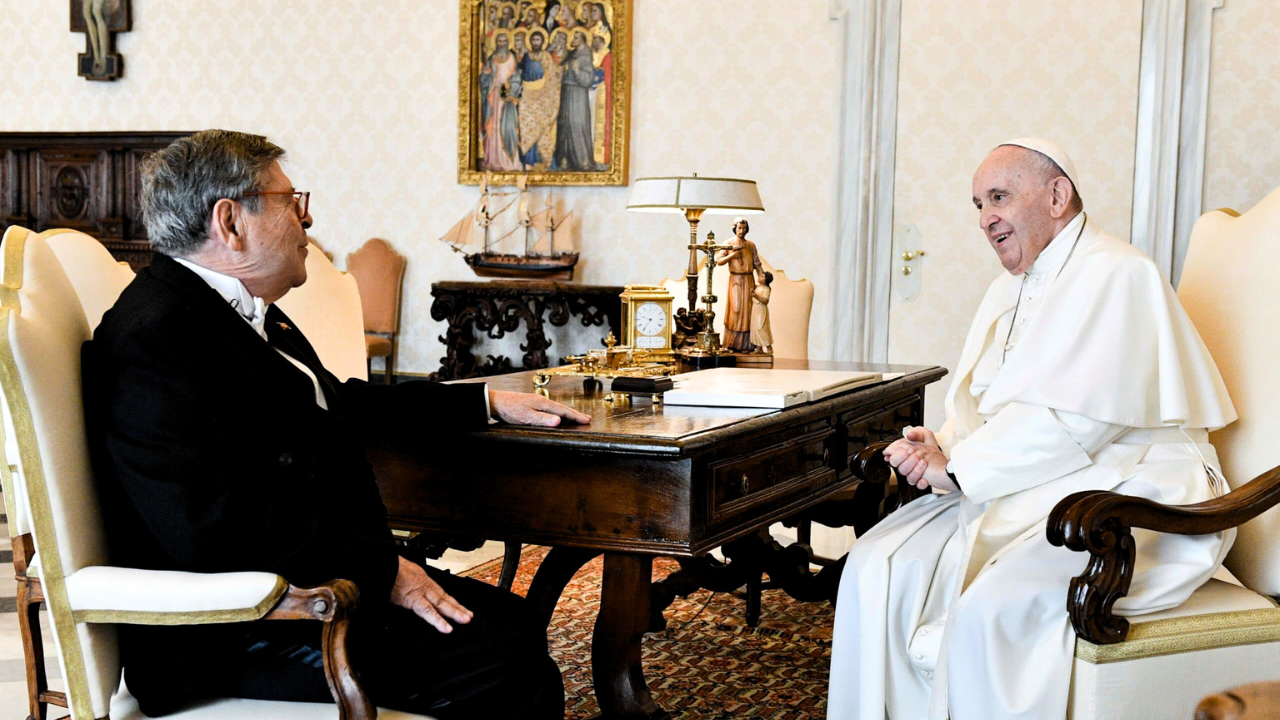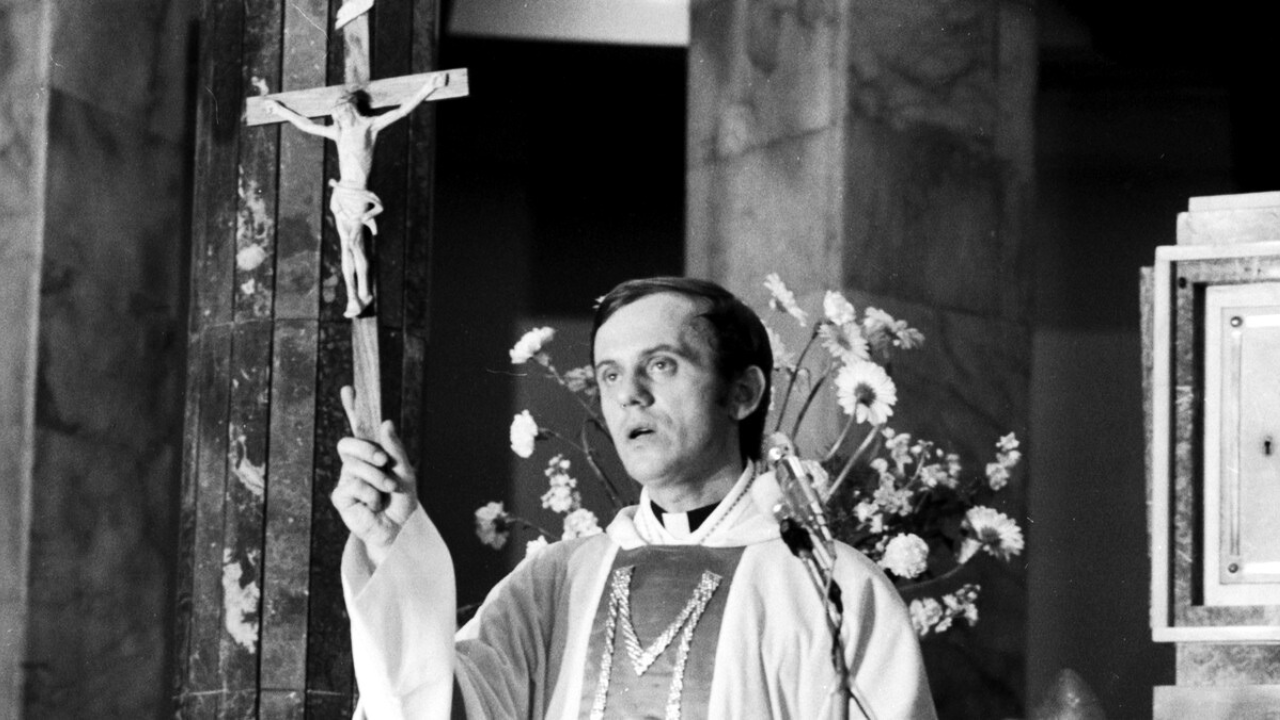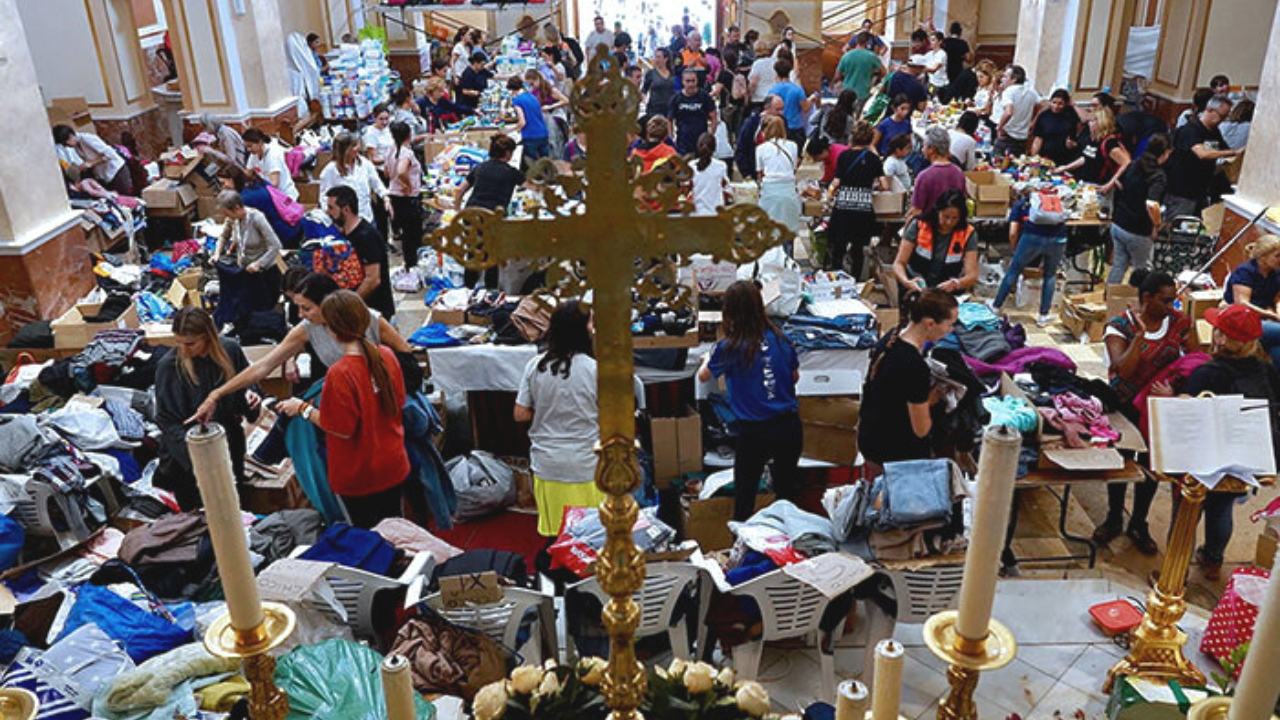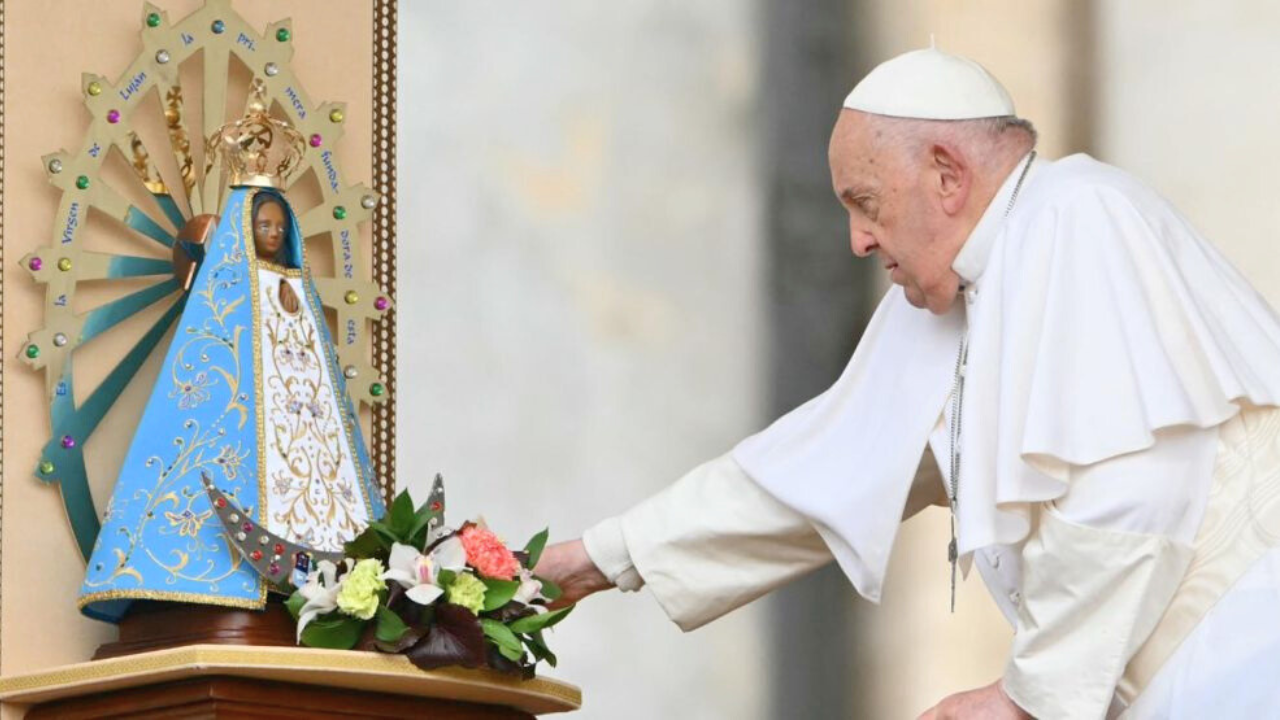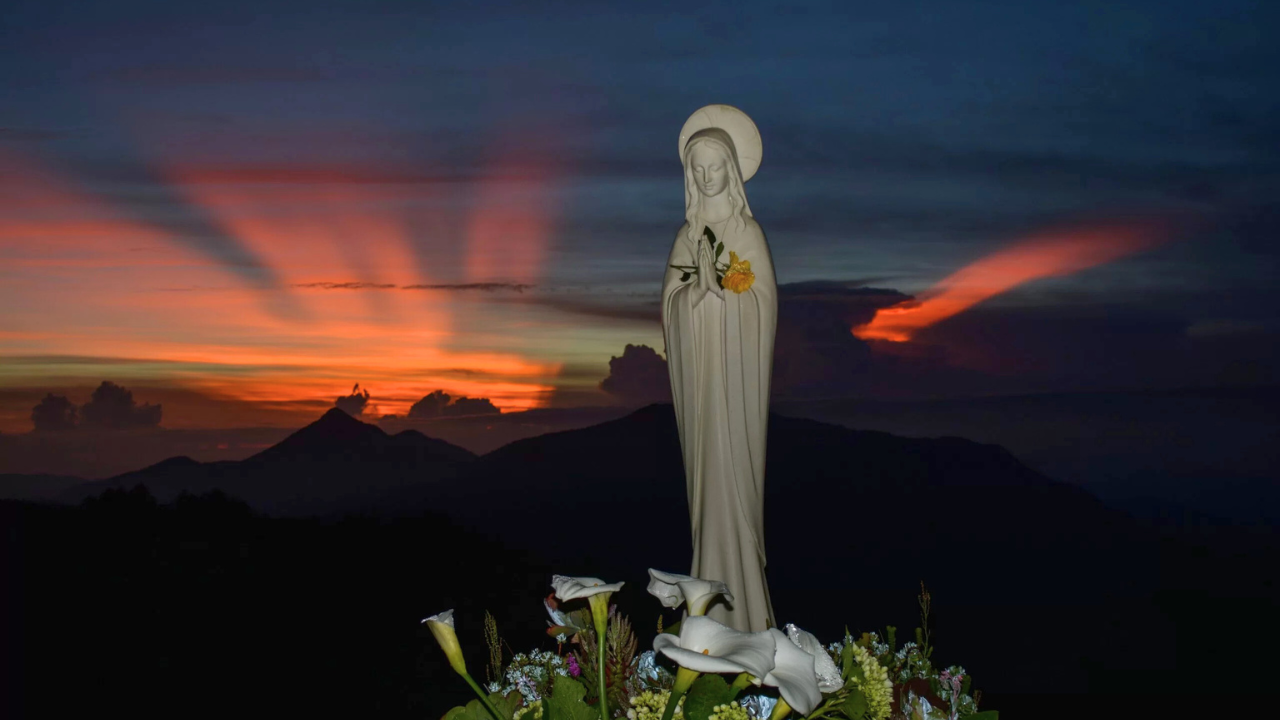Even though a Pope has never officially recognized this linen cloth as the one that covered the body of Jesus after his Crucifixion, the Holy Shroud is nonetheless the most prized relic of the Catholic Church and one of the most intriguing objects in the world.
LINEN CLOTH
It's dimensions are 14.3 feet long and 3.7 feet wide. It's a linen cloth and it has a pattern that coincides with the way other cloths were woven in the early centuries, especially in Syria.
EMANUELA MARINELLI
Expert
'We've found cloths similar to this one in the tombs of wealthy people. This one covered the body of someone who was crucified. So the question is, 'Who was this person?' Typically, people who were crucified were left in mass graves, since they were usually poor or criminals. But Jesus was taken to a grave fit for a rich person, which belonged to Joseph of Arimathea. He wrapped Jesus in a beautiful cloth.â?
WHAT IS VISIBLE?
The Holy Shroud depicts the body of a man who endured wounds consistent with a Crucifixion. Investigators say, the man was between 30 and 40 years old and weighed about 175 pounds. More than likely, he was involved in manual labor.
WHAT DO WE KNOW?
The man depicted in the Shroud suffered roughly 720 wounds, and at least 120 lashes. From the wounds depicted in the Shroud, the whips probably had six strings and were bound together by a sharp object.
He was beaten violently on his face and more than likely he had a head cover of thorns. This because forehead and neck show traces of blood dripping from the top of the head. He carried a heavy object on his left shoulder and had wounds on his knees.
FR. RAFAEL PASCUAL
Institute of Science and Faith, Regina Apostolorum
'The person depicted in the Shroud suffered wounds that are consistent with the descriptions of the Gospel. From lashes, to a crown of thorns and the Crucifixion.â?
His left wrist shows a nail puncture and bloodstains show that the right wrist endured a similar wound. The left side of the man's torso was also punctured with what seems to be a spear.
IS IT A PAINTING?
The Shroud doesn't show any traces of brushstrokes and is indelible. That's why one of the biggest mysteries is how it actually came about. Italian scientists have their own theory on what could have happened.
EMANUELA MARINELLI
Expert
'It shows dehydration. A very superficial oxidation of cellulose. It's identical to the ultraviolet radiation that we would get from the use of a laser. The only possible explanation I see, is that a great current of light was released from the body when it was wrapped in the sheet. So, for those who believe in the Resurrection, this means quite a lot.â?
WHAT CANNOT BE SEEN?
There are traces of myrrh and aloe on the Shroud. These two materials were widely used in burials in the Middle East. It also has pollen from 58 different plants. Thirty eight of them are not European and 17 of them can be traced back to Jerusalem.
The blood stains on the Holy Shroud are AB, with large traces of bilirubin which is a sign of someone who suffered a violent death.
EMANUELA MARINELLI
Expert
'The blood has not moved or even been smeared on the Shroud. It's as if the body disappeared within the linen cloth.â?
The Shroud is like a photographic negative. Unlike other average photographs though, it looks clearly when seen as a negative, and not the other way around.
CONFLICTING STUDIES
But nevertheless, a Carbon 14 test carried out back in 1988 concluded that the fabric is from Medieval times, around the year 1260. Some experts say the tests were not carried out properly and the samples, they argue, were probably contaminated.
EMANUELA MARINELLI
Expert
'The Shroud has some patches and the sample they used in that study has traces of cotton. That right there brings up a lot of doubts.â?
FR. RAFAEL PASCUAL
Institute of Science and Faith, Regina Apostolorum
'Many studies have been carried out to determine if the techniques to develop the image on the Shroud actually existed in Medieval times. Many hypothesis have come about, but in the end, they show that the results don't add up. They have no explanation for how the image was imprinted on the Holy Shroud.â?
Centuries have passed, but the Holy Shroud continues to be one of the most intriguing objects in Christianity...and perhaps physical proof of the Resurrection.
JMB/KLH
RR-AA
-VM
- PR
Up: LOA

